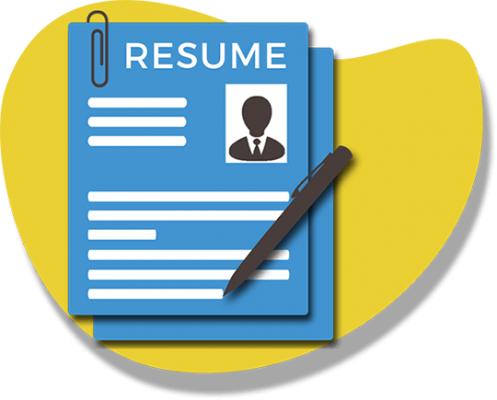CV Optimization: Optimizing Your CV for Applicant Tracking Systems

posted:1 year agobyMarry JoJoin CVs
In today's job market, having a well-crafted resume is essential. However, more than a well-crafted resume may be needed to catch the eye of a recruiter or hiring manager. Several companies use Applicant Tracking Systems (ATS) to scan resumes for exact keywords and qualifications before a human looks at them. Therefore, optimizing your resume for ATSs is essential to increase your chances of catching a recruiter's eye. In this article, we will discuss what an ATS is, why it is necessary to optimize for an ATS, and some tips for optimizing for an ATS to increase your chances of being hired.
Definition of Applicant Tracking System (ATS)
Applicant Tracking System (ATS) is a software tool that helps companies manage the recruitment and hiring process. the primary purpose of an ATS is to automate the process of screening and filtering applications to identify the most qualified candidates for a particular job.
The ATS scans resumes submitted by job seekers and other application materials submitted by candidates and compares them to the qualifications and requirements listed in the job description. It then scores and ranks each application based on how well it matches the job requirements, allowing recruiters and hiring managers to identify the most promising candidates quickly.
Why is it essential to optimize your CV for ATS?
Optimizing your CV for ATS is essential because most companies use an ATS to manage the hiring process; according to a Jobscan survey, 98% of Wealth 500 businesses use an ATS to manage the hiring process. Therefore, if your resume is not optimized for an ATS, it may not catch the attention of a recruiter or hiring manager.
Tips for optimizing your CV for ATS
-
Use relevant keywords
ATS scans resumes for specific keywords related to the job description. Therefore, using relevant keywords throughout your resume is essential, especially in the skills and work experience sections. To find relevant keywords, look at the job ad and incorporate keywords and phrases in the job description. Doing so will help ATS match your resume to the job description.
-
Tailor your CV to the job.
Your resume should be customized to fit the job requirements. To do so, you should highlight relevant skills and experience that include the job description. However, be careful not to misrepresent your skills and experience. Instead, focus on highlighting the skills and knowledge that are most relevant to the job.
Don’t forget to read: Understand Do and Don’ts of a Cover Letter
-
Use simple and clean formatting.
Using a simple, clean format is best, as ATS has difficulty parsing complex formatted resumes. Use standard fonts, clear headings, and bullet points. Avoid using images, tables, and graphs in your resume, as they can slow down the scanning process.
-
Include relevant information
Be sure to include all relevant information, such as work experience, education, skills, and contact information. In addition, your work history should be in reverse chronological order and highlight your most recent experience. Be sure to include keywords in your resume that are relevant to your skills and experience.
-
Avoid using graphics or images.
ATS is not designed to parse graphics or images and can slow down the scanning process. Therefore, it is best to avoid using pictures, photos, tables, and graphs in your resume, and to ensure that the ATS can easily read and analyze your resume, use a simple text-based format.
-
Proofread
Check for spelling and grammatical errors. The ATS may automatically reject a CV with mistakes. Therefore, it is essential to proofread your CV before submitting it.
-
Save your CV in a compatible format.
Resumes should be saved as Word documents or PDF files. These formats are compatible with most ATSs; avoid saving resumes as JPG or PNG files are not available in most ATSs.
Conclusion
Optimizing your resume with an Applicant Tracking System (ATS) is critical in today's competitive job market. Using relevant keywords, tailoring your resume to the job, keeping it simple and formatted with pertinent information, avoiding graphics and images, proofreading, and saving it in a compatible format will increase your chances of passing the initial screening process and getting an interview. Since most companies use an ATS to manage to hire, an optimized resume can set you apart from other applicants. Following the tips in this article, you can optimize your resume for the ATS and upsurge your risks of landing your vision job.
